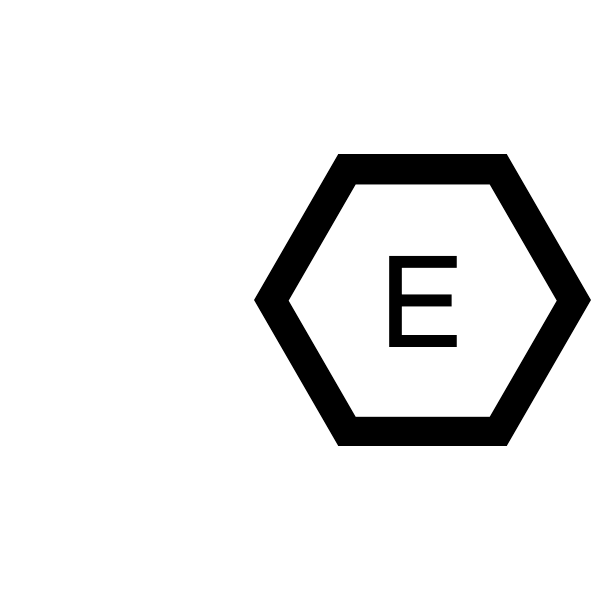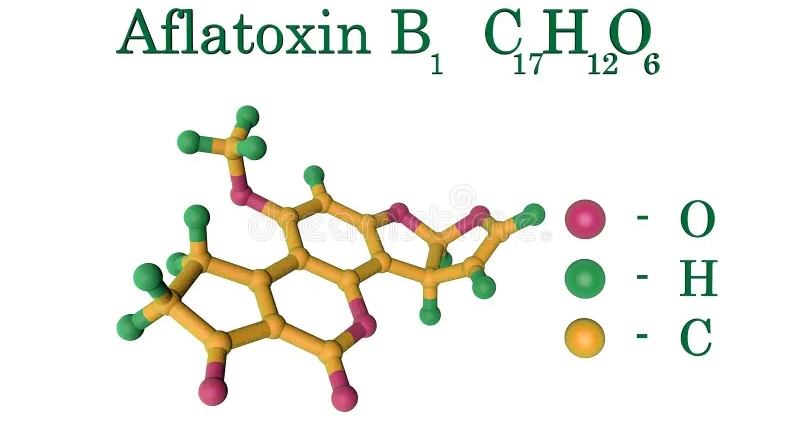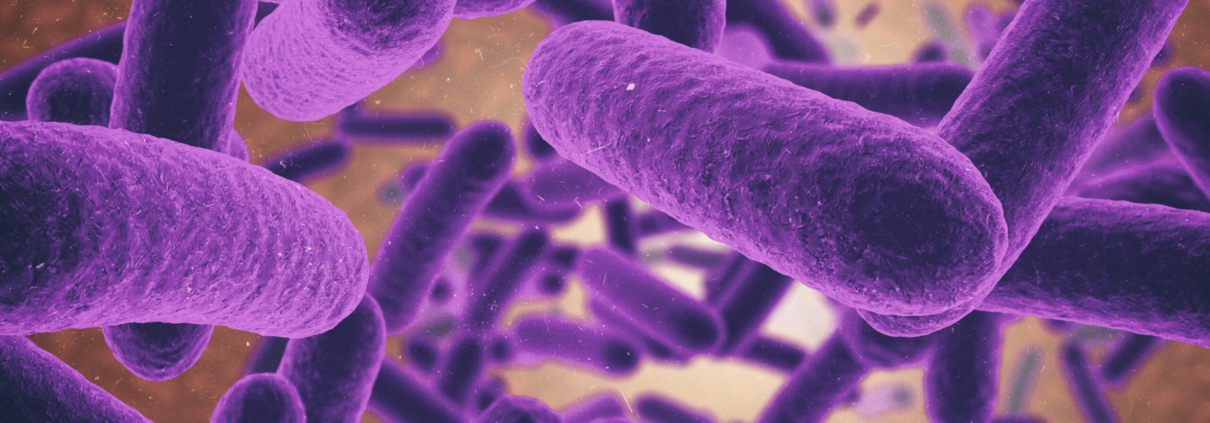The current study was conducted to evaluate the anti-mycotoxigenic effects of previously isolated Bacillus spp. in Japanese quails. A total of 240-day-old Japanese quails were assigned in to six treatments and four replicates. Dietary treatments included the following: negative control (basal diet), positive control (basal diet + 2.5 ppm afltatoxin B1), probiotic treatments (basal diet + 2.5 ppm afltatoxin B1), and 108 cfu/ml of different Bacillus spp. (B. megaterium, B. subtilis, or B. laterosporus) in drinking water and treatment P (basal diet + 2.5 ppm afltatoxin B1 and 2.5 ppm Polysorb®). Body weight gain, feed intake, and feed conversion ratio were not affected by dietary treatments (P > 0.05). Carcass yield significantly increased in B. megaterium and B. subtilis treatments compared with positive control. Supplementation of B. megaterium significantly increased testes, uterus and oviduct weights, skin response to 2,4-dinitro 1-chlorobenzene and phytohemagglutinin, and antibody production against sheep red blood cells (P < 0.05). B. megaterium could significantly increase bursa weight and decrease liver weight compared with positive control (P < 0.05). B. megaterium, B. laterosporus, and Polysorb treatments significantly decreased H:L and aspartate aminotransferase activity in aflatoxin B1 fed control (P < 0.05). B. megaterium and B. laterosporus significantly increased tibia weight, length, radius, index, and ash content compared with positive control (P < 0.05). All dietary additives significantly reduced meat oxidation, total aerobic bacteria, and spore forming bacteria of ileal content compared with positive control (P < 0.05). Ileal lactic acid bacteria significantly increased in B. megaterium treatment (P < 0.05). Totally, B. megaterium might be a promising probiotic with a comparable afltatoxin B1 removal potential to commercial toxin binder (Polysorb).
In total, 240 one-day–old Japanese quails (Coturnix Coturnix Japonica) allocated at random
to 6 treatments with 4 replicates and 10 birds in each. Treatments used were: 1) Negative control (without
any additives or AFB1); 2) Positive control (basal diet + 2.5 ppm AFB1; 2); 3) TA008 (positive control + 108
cfu/ml Bacillus. megaterium TA008); 4) TA049 (positive control + 108 cfu mL-1 Bacillus. subtilis TA049); 5)
TA010 (positive control+ 108 cfu mL-1 Brevibacillus brevis TA010) and 6) P (positive control + 2.5 g kg-1
Polysorb® in feed). Hatchability and embryonic mortality were significantly influenced by additives and
AFB1 (p < 0.05). Birds fed TA008 improved 12 % hatchability and reduced 10 % embryonic mortality in
compared to positive control (p < 0.05). Weight gain and feed conversion ratio did not affected by
treatments (p > 0.05). Feed intake was significantly improved in birds feeding by TA008 at 0-21 days (p <
0.05). There were significant differences on relative weights of carcass, gizzard and proventriculus among
treatments (p < 0.05). Serum total protein, albumin, cholesterol, glucose, HDL, globulin and uric acid were
significantly affected by treatments (p < 0.05). These results showed that the inclusion of bacillus
megaterium as potential probiotic into contaminated diets could improve the adverse effects of AFB1 in
Japanese quails.
Keywords: Bacillus. sp.; Aflatoxin B1; japanese quail; hatchability; productive performance.
The probiotic potential of bacterial species isolated from local honey samples were analyzed by
microbiological, biochemical and molecular methods. A total of 17 Gram positive bacterial isolates were
recovered from local honey samples and tested for their hemolysin, coagulase, DNase, Lipase, Lecithinase and
Gelatinase producing abilities, respectively. The isolates (5) lacking the tested virulence phenotypes were selected
for identification by 16S rRNA sequencing. The probiotic characteristics of the isolates was determined by testing
their resistance to acid, bile, antimicrobial spectrum against pathogens and antibiotic sensitivity profile.
Furthermore, the identified bacillus species were screened for the presence of virulence genes including
Enterotoxin-T (bceT), cytotoxin K (cytk), hemolysin BL (hblA, hblC, hblD) and non-hemolytic enterotoxin gene
(nhe). All results were analyzed statistically. According to results, Bacillus megaterium TA008 and Lactobacillus
acidophilus RNL26 showed significantly high resistance to acidic pH values and high bile salt concentrations
(p<0.05). Bacillus subtilis TA049 which was unable to tolerate extreme acidic conditions (pH 2.0, 2.5), survived
significantly (p<0.05) in high bile salts concentrations. All isolates demonstrated antibacterial activity against
the pathogens to variable extents. Widest spectrum of action was shown by B.subtilis TA049 which inhibited the
growth of Enterococcus faecalis, Escherichia coli, Pseudomonas aeruginosa, Salmonella typhi and
Staphylococcus aureus. While, B.megaterium TA009 and Brevibacillus brevis TA010 were active only against
E.faecalis and S.typhi. Antibiotic sensitivity profile of the isolates varied with B.megaterium TA008 being sensitive
to all the tested antibiotics (p<0.05) while L.acidophilus RNL26 was resistant to nalidixic acid and vancomycin.
B.megaterium TA008 and B.subtilis TA049 were devoid of the tested virulence genes while, B.megaterium TA009
harbored the hemolysin genes (hblA, hblC) and B.brevis TA010carried the cytotoxin gene (cytK).
Keywords: Bacillus subtilis, B.megaterium, Brevibacillus brevis, Lactobacillus acidophilus, Honey samples,
Probiotic bacteria



